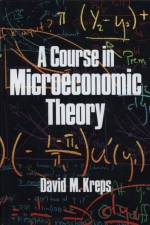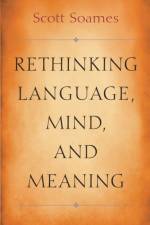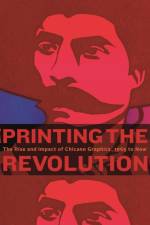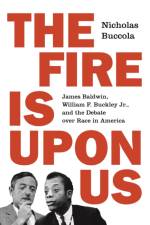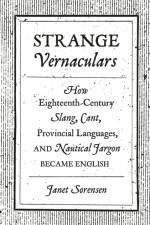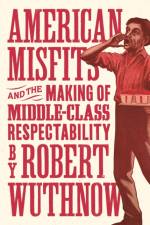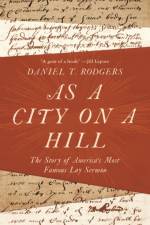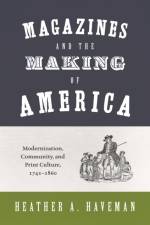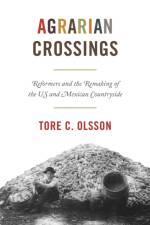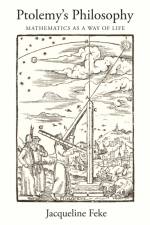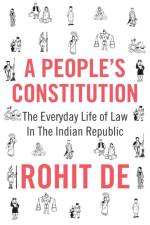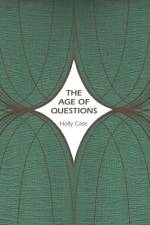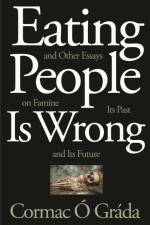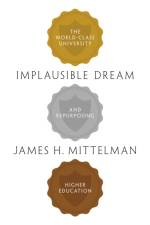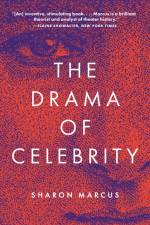- The Rise and Impact of Chicano Graphics, 1965 to Now
av Claudia E. Zapata
695
"In the 1960s, activist Chicano artists forged a remarkable history of printmaking that remains vital today. Many artists came of age during the civil rights, labor, anti-war, feminist and LGBTQ+ movements and channeled the period's social activism into assertive aesthetic statements that announced a new political and cultural consciousness among people of Mexican descent in the United States. ÆPrinting the Revolution! explores the rise of Chicano graphics within these early social movements and the ways in which Chicanx artists since then have advanced innovative printmaking practices attuned to social justice. More than reflecting the need for social change, the works featured in the catalogue and exhibition project and revise notions of Chicanx identity, spur political activism, and school viewers in new understandings of U.S. and international history. By employing diverse visual and artistic modes from satire, to portraiture, to appropriation, conceptualism, and politicized pop, the artists in this exhibition build an enduring and inventive graphic tradition that has yet to be fully integrated into the history of U.S. printmaking. This exhibition is the first to unite historic civil rights-era prints alongside works by contemporary printmakers, including several that embrace expanded graphics that exist beyond the paper substrate. While the dominant mode of printmaking among Chicanx artists remains screenprinting, the installation features works in a wide range of techniques and presentation strategies, from installation art to public interventions, augmented reality, and shareable graphics that circulate in the digital realm. The exhibition is also the first to consider how Chicanx mentors, print centers, and networks nurtured other artists, including several who drew inspiration from the example of Chicanx printmaking. Featured artists and collectives include Rupert Garcâia, Malaquias Montoya, Ester Hernâandez, the Royal Chicano Air Force, David Avalos, Elizabeth Sisco, Louis Hock, Sandra Fernâandez, Juan de Dios Mora, the Dominican York Proyecto Grafâica, Enrique Chagoya, Renâe Castro, Juan Fuentes, and Linda Lucero, among others. ÆPrinting the Revolution! features more than 100 works drawn from the Smithsonian American Art Museum's pioneering collection of Latinx art. The Museum's Chicanx graphics holdings rose significantly with an important gift in 1995 from the renowned scholar Tomâas Ybarra-Frausto. Since then, other major donations and an ambitious acquisition program have built one of the largest museum collections of Chicanx graphics on the East Coast."--

